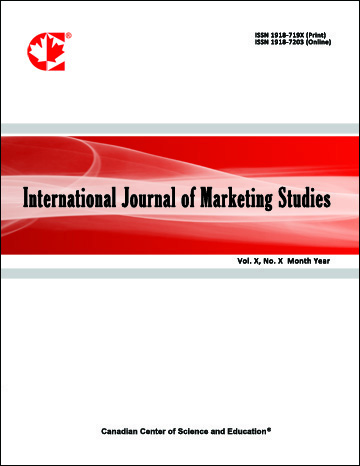Third Screen Communication and the Adoption of Mobile Marketing: A Malaysia Perspective
- Geoffrey Harvey Tanakinjal
- Kenneth R. Deans
- Brendan J. Gray
Abstract
This study integrates innovation characteristics of the Innovation-Diffusion Theory (IDT), perceived risk,trustworthiness, and permissibility constructs to investigate what determines user intention to adopt mobile
marketing. The proposed model in this study was empirically tested using data collected from a survey of mobile
users. The structural equation modelling (SEM) technique was used to evaluate the causal model. The research
findings suggested that relative advantage of mobile marketing is the strongest influence in building consumers’
intention decision to adopt mobile marketing. All other constructs were statistically significant in influencing
behavioural intent to adopt mobile marketing. This study’s findings support Rogers’ (2003) perceived
characteristics of innovation attributes that form a favourable or unfavourable attitude toward the innovation.
- Full Text:
 PDF
PDF
- DOI:10.5539/ijms.v2n1p36
Journal Metrics
Google-based Impact Factor (2021): 1.34
h-index (July 2022): 70
i10-index (July 2022): 373
Index
- Academic Journals Database
- CNKI Scholar
- EconBiz
- Electronic Journals Library
- Excellence in Research for Australia (ERA)
- GETIT@YALE (Yale University Library)
- Harvard Library
- IBZ Online
- Infotrieve
- JournalTOCs
- LOCKSS
- MIAR
- PKP Open Archives Harvester
- RePEc
- ResearchGate
- ROAD
- Scilit
- SHERPA/RoMEO
- Stanford Libraries
- UCR Library
Contact
- Alyssa SunEditorial Assistant
- ijms@ccsenet.org
